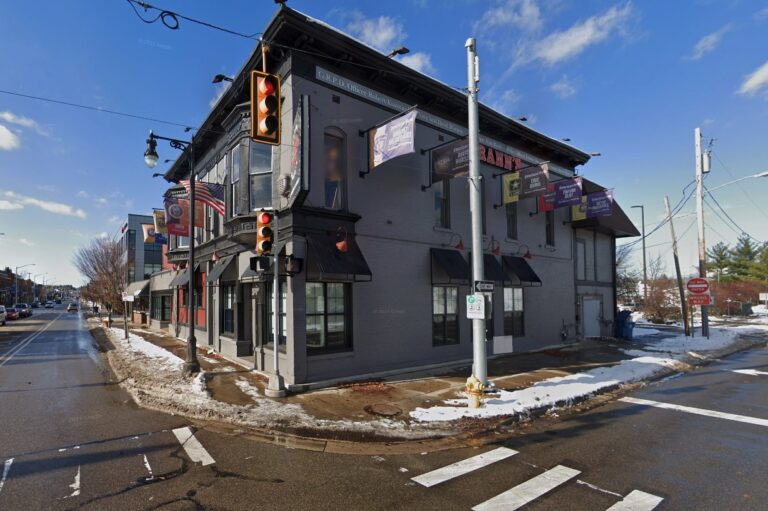A dispute has erupted in Grand Rapids, Michigan, as city officials clash with restaurant owner Johnny Brann over a memorial display dedicated to fallen police officers and military personnel.

The controversy centers around Brann’s decision to adorn his establishment with flags and a sign paying homage to these heroes. However, city leaders argue that the display violates local zoning ordinances regarding signage limits.

Despite facing a violation notice, Brann has refused to dismantle the tribute. He perceives it as a vital acknowledgment of the sacrifices made by law enforcement and military members and is determined to maintain it. Brann’s next step involves applying for a zoning variance, a move that reflects his unwavering commitment to preserving the memorial’s integrity.

In an attempt to navigate the situation, Brann opted to remove banners from the display that were deemed political or offensive. This decision underscores the complex nature of expressing public sentiments within communal spaces.

Obtaining a sign variance is no simple task; it involves navigating through a process of fees, public hearings, and decisions by various city authorities. Nonetheless, Brann remains hopeful, buoyed by what he perceives as strong community support for the memorial.

As the standoff continues, both the city and Brann seek a resolution that upholds the regulations governing urban aesthetics while also honoring the community’s desire to pay tribute to its heroes. This ongoing debate highlights the delicate balance between public homage and adherence to zoning laws.


